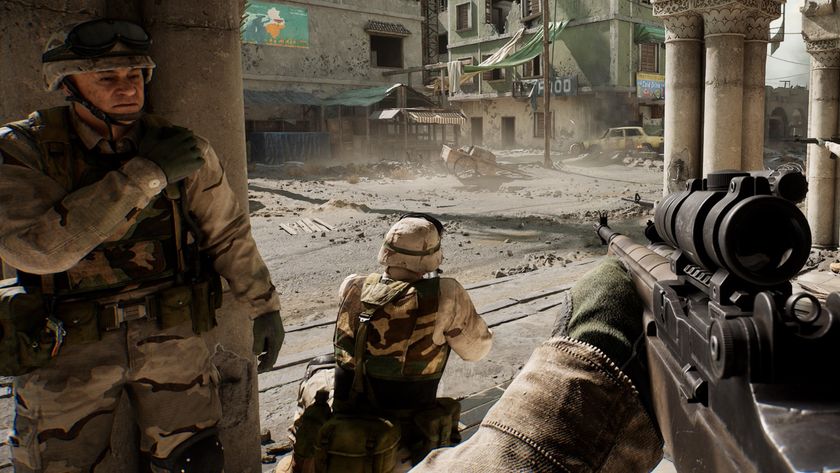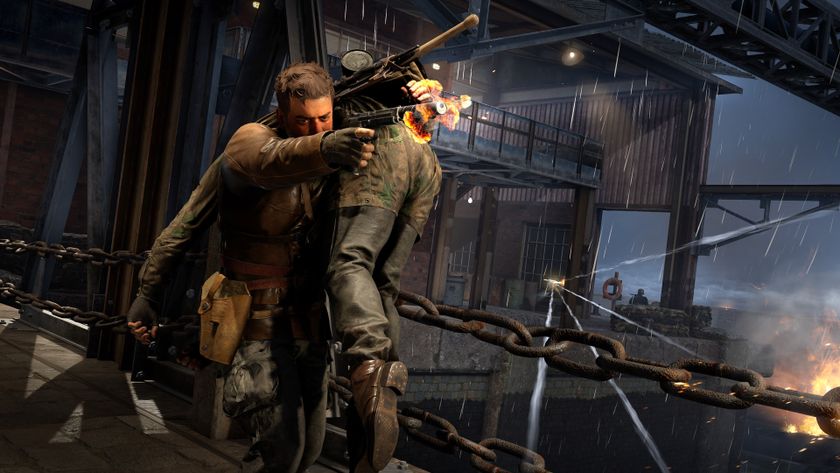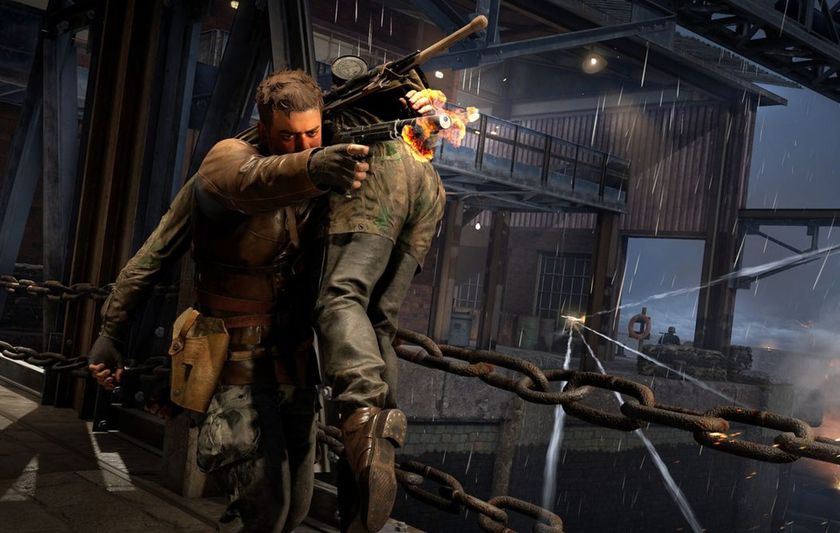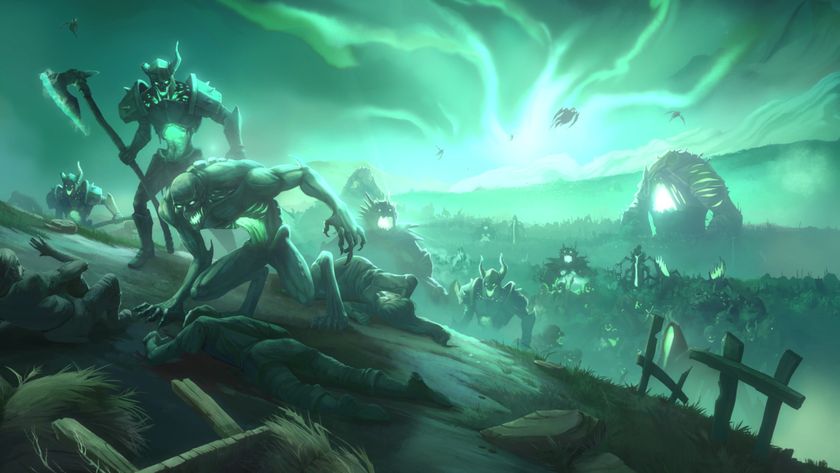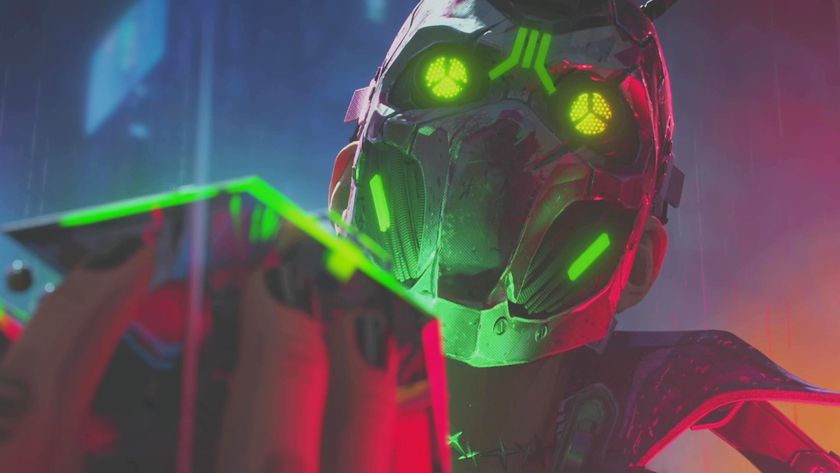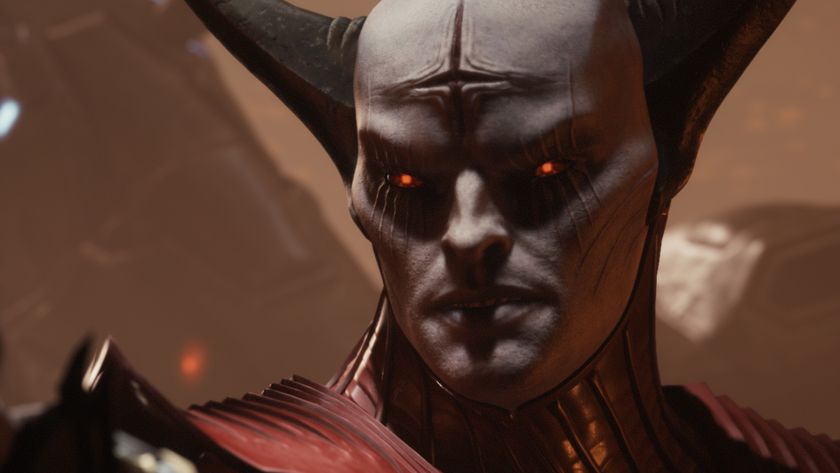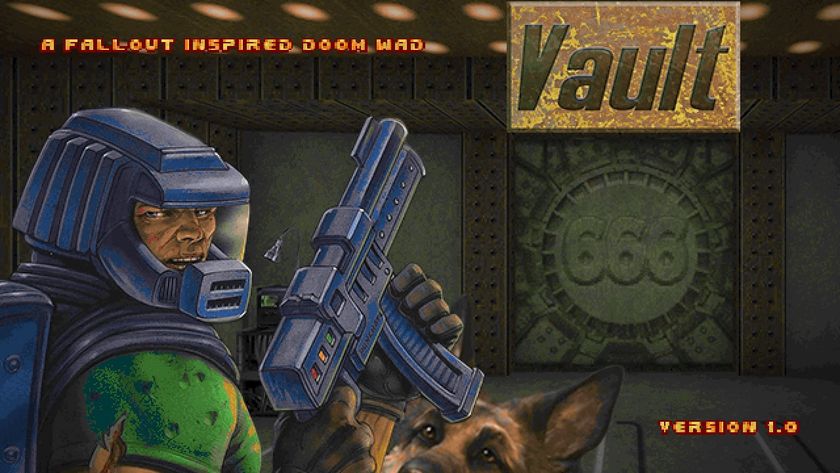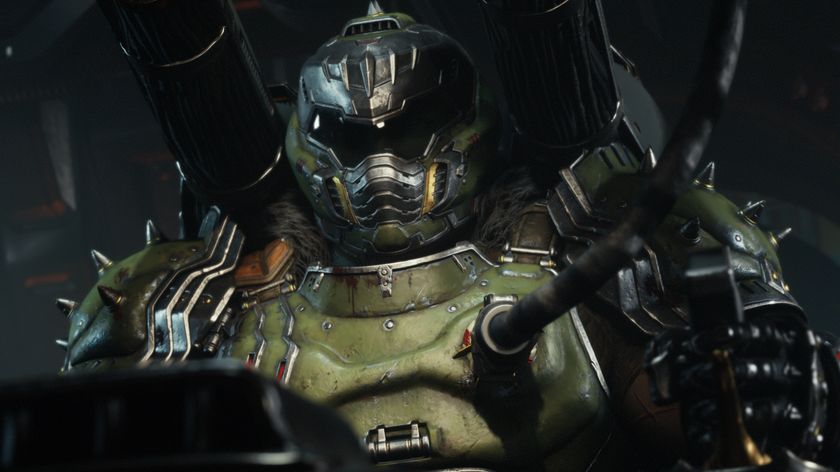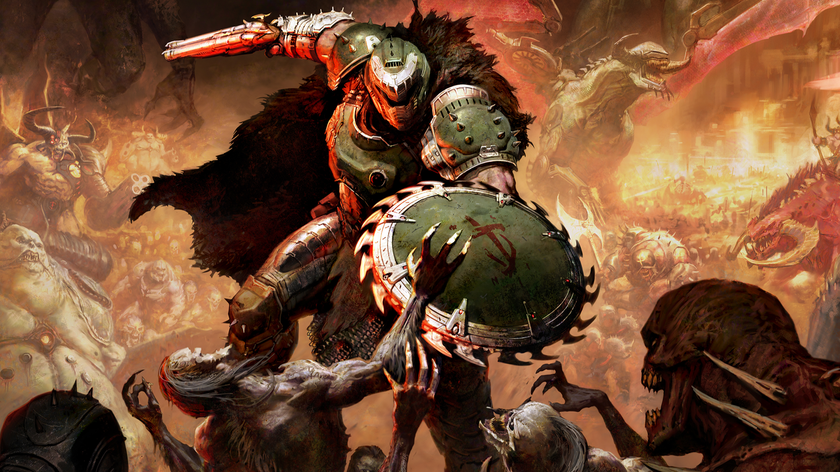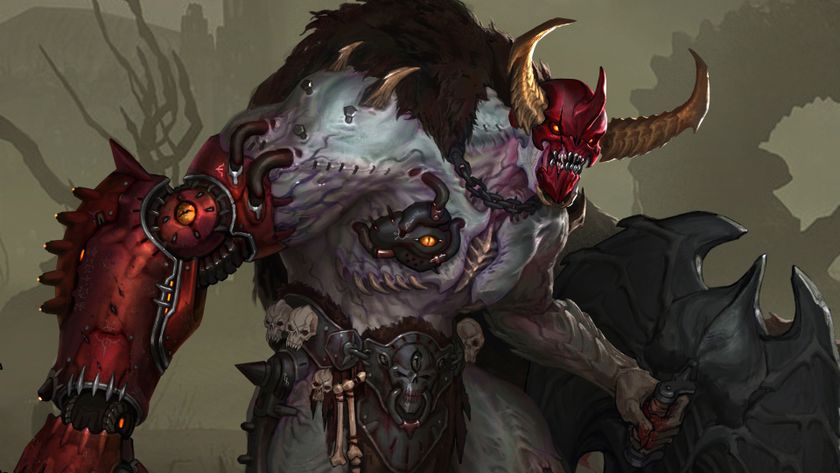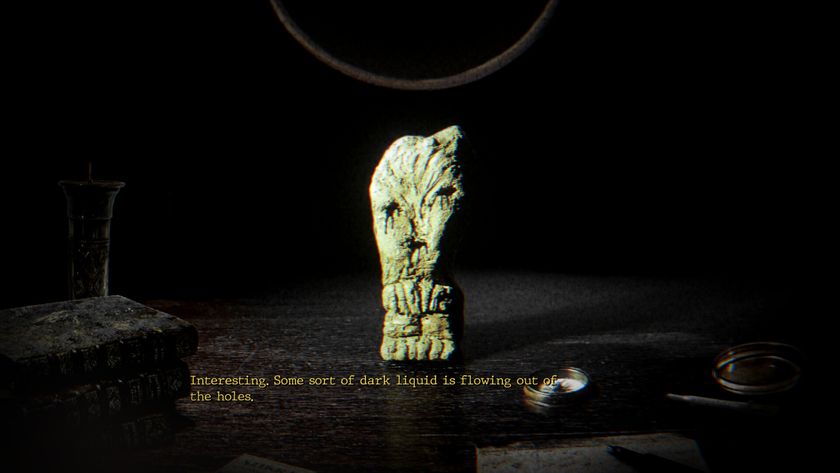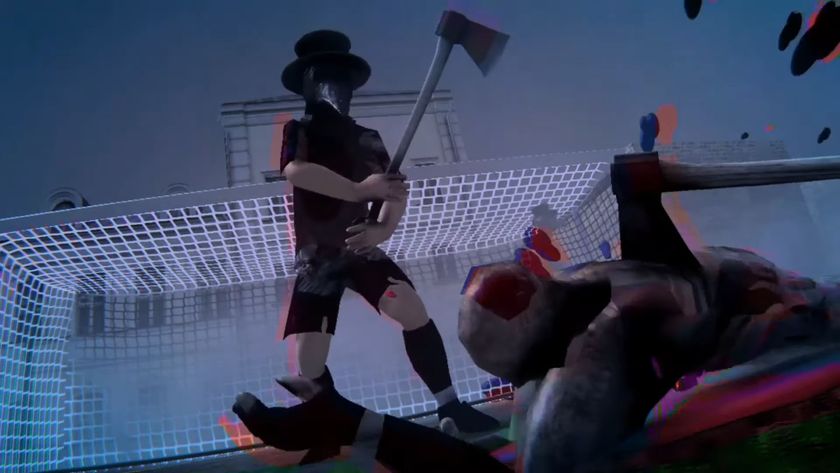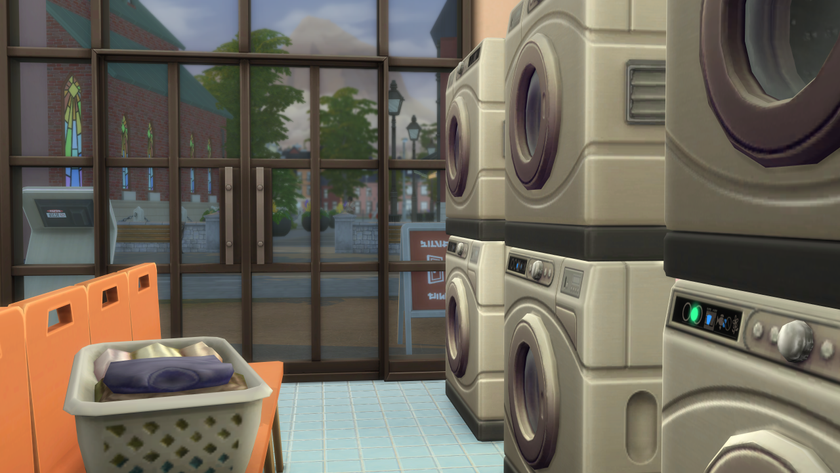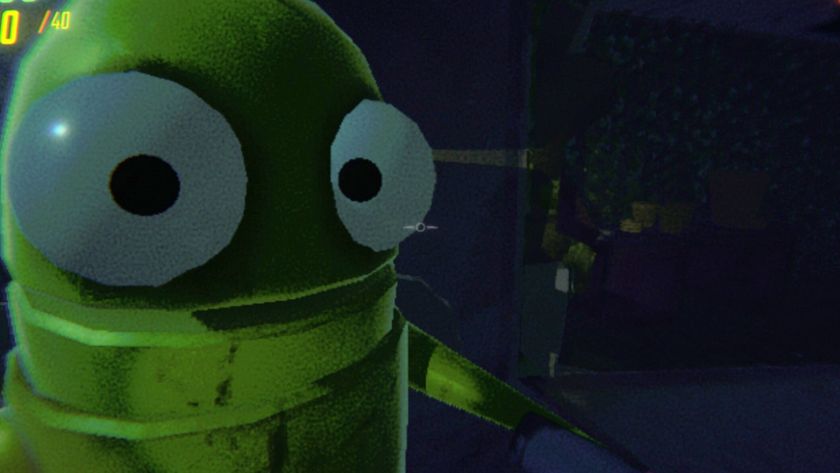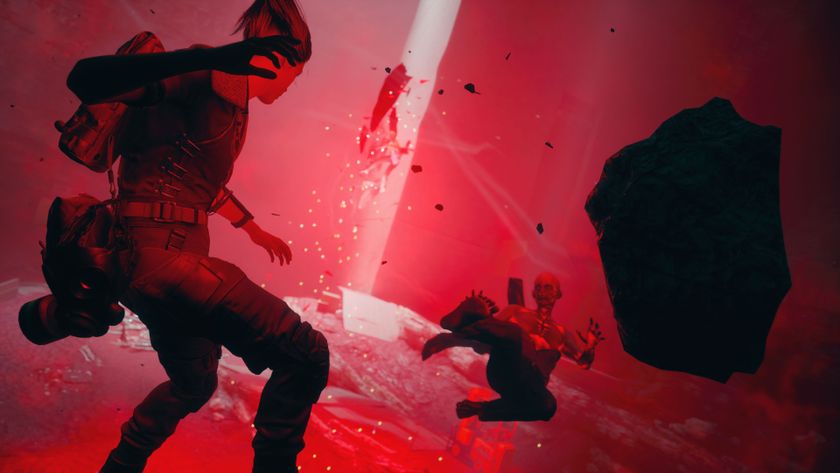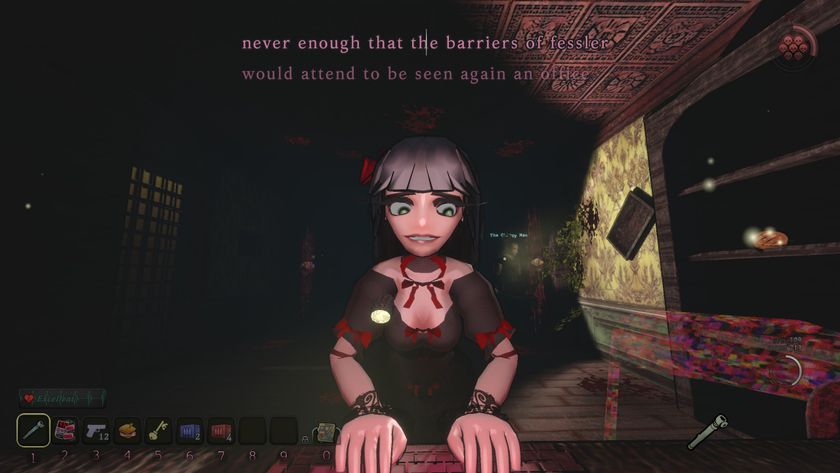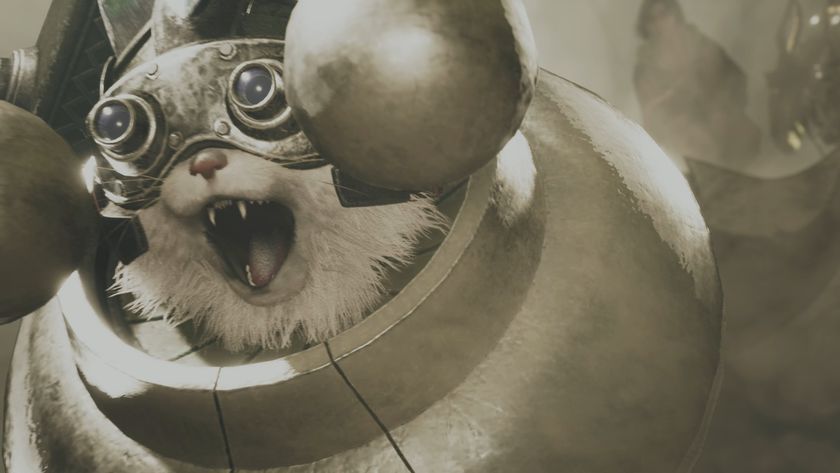Brothers in Arms: Road to Hill 30 felt authentic without becoming a chore
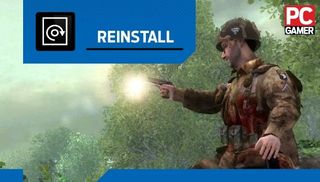
Reinstall invites you to join us in revisiting classics of PC gaming days gone by. This week, Ben relearns World War 2 tactics in Brothers in Arms.
Find, fix, flank and finish. Brothers in Arms: Road to Hill 30 calls them The Four Fs, and years since its release, I haven't forgotten. But this is more than a catchy slogan. This authentic military manoeuvre is the game's backbone, the reason it stands tall among a mid-naughties glut of brain-dead war shooters. Whenever I think about Gearbox's squad-based FPS, I find myself repeating it like a mantra.
You have to admit, it's catchy. A no-nonsense former colonel called John F Antal introduced me to the phrase in the game's E3 2004 reveal video. This ten-minute walkthrough was as much hype reel as history lesson. I picture Antal as a General Patton figure, green helmet, cigar stub in mouth, prodding a blackboard as he details the key to victory: first you find your enemy, then you fix him in place with suppressive fire. Meanwhile, you order an assault team to flank him. Finally, now your enemy is suppressed and surrounded, you finish him. The Four Fs.
I've rarely seen them since. Despite the tactic being central to the process of armed combat, the genre has forged on without it, casting lone wolves in set-piece battles. Brothers is one of the few shooters to not only enforce The Four Fs, but make them fun. Throughout the 20-mission campaign, they're repeated but never repetitive.
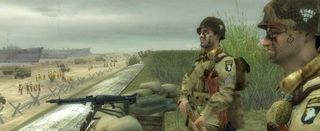
The campaign is based on the historical Mission Albany, and you play staff sergeant Matt Baker of the 502nd Parachute Infantry Regiment. This regiment belonged to the famed 101st Airborne Division who were dropped behind German lines on June 6, 1944. D-Day. This is where the game begins: thousands of billowy white chutes gliding towards green patchwork fields; the night sky cut by streams of white-hot flak fire.
Though remarkable, the descent is a set-piece that you have little control over, and thus largely unrepresentative of Road to Hill 30. The game truly begins when you land in a rural maze of hedgerows and farmhouses. What impresses is how there's no right way navigate them. The levels here aren't funnels as in Medal of Honor or Call of Duty, but burrows specially built to facilitate tactical improvisation.
Take your first encounter with the enemy. These Nazis don't charge blindly at you or wait for you to charge at them. Instead, they hunker down behind an overturned cart. They shoot at you, and you shoot back. It's a classic standoff: you both want to kill each other but neither side wants to die. You might try picking them off from your current position, but that's difficult given the game's realistically erratic aiming. Besides, you're rarely afforded a clearer sight of the enemy than a fleeting glimpse of head or arm. So what to do?
The biggest gaming news, reviews and hardware deals
Keep up to date with the most important stories and the best deals, as picked by the PC Gamer team.
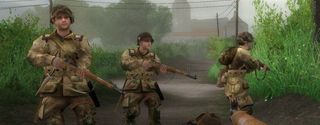
Use your squad. Generally, you'll command two teams of three men: your fire team uses M1 Garands and Browning Automatic Rifles to suppress, while your assault team uses M1A1 Carbines and Thompson sub-machine guns to flank. It's a lot of responsibility – not only must you look out for your own life, but for the lives of others.
While your men can't actually die in-game (at worst they'll get injured and sit out the mission), Brothers in Arms gives you reasons to care. Before each level Baker shares a humanising anecdote. He reflects on how one of his squad members slices a boiled egg into strips like a piece of ham, and how the childhood friend he used to set off bottle rockets with could be dead and he wouldn't even know it. "Every soldier has two families," he says. "Those you raise and those you raise hell with." With such bleak subject matter, it would have been easy for Road to Hill 30 to get bogged down in sentimentality, but the game scratches out moments of precious comic relief. There's banter about who would win in a superhero scrap ("All I'm saying is, logistically Superman would break Batman in half"), and queries about the enemy's eating habits ("What do you suppose Krauts have for breakfast? Sausage? Toast? A pint of cold blood?") Near the village of St Mere Eglise when one soldier storms into a farm with a little too much gusto, the man behind him chides, "Are you going to pay for that? You broke her damn gate!"
Following The Four Fs example, Road to Hill 30 revels in authenticity. The maps were heavily based on real locations (Gearbox president Randy Pitchford jokes that gamers who learn the levels could go to Normandy and become tour guides), and most of your squadmates were real people (the actual Lt Colonel Cole won a Medal of Honor, for instance).
The missions too are rooted in reality. There's the capture of Objective XYZ and Vierville, the Battle of Carentan, Purple Heart Lane, and the defence of the titular Hill 30. The thrilling Cole's Charge is my favourite, though. Set just outside Carentan, it requires you and your squad to cross a heavily guarded field by throwing smoke grenades and running like hell.
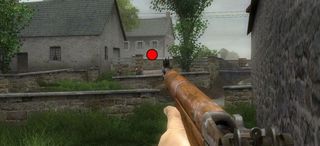
Road to Hill 30 has aged in places. The lack of a sprint button makes combat feel less urgent. This is a game built around rushing between cover, but movement is more of a plod. There's a distinct lack of visual effects, too. It's too clean to adequately capture the horrors of war.
Worse is the AI. Despite you flanking them all the time, the enemies rarely try to flank you, instead waiting for you to come to them. Clearly at this stage in history concessions had to be made with regards to the complexity of enemy AI (blame Unreal 2), but it does dilute the sense of danger somewhat. You always feel like the attacker, never the defender.
Regardless, Brothers in Arms: Road to Hill 30 was more than a great game. It was a great history lesson, effortlessly straddling the line between authentic and enjoyable. The Four Fs – don't forget them. They just might save your life.
